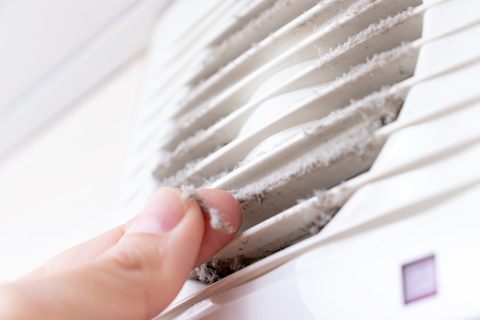Travertine is a natural stone made of limestone that is formed at the mouth of hot springs or in limestone caves. The colors vary but are usually very light colors such as white, tan, cream-colored or rusty tones. It is porous and used in many different applications. Travertine was a choice of building materials for the Romans. Today it is sought out by both home and business owners for a unique and elegant look.
Travertine stone is a beautiful, popular stone choice for flooring, countertops, and showers. Not as dense as marble or granite, travertine can be stained and etched by liquids that are acidic, like juice or coffee and even cleaners not explicitly made for the material. While having your travertine floors sealed professionally helps to guard against most staining and etching, really knowing how to maintain and protect your travertine surfaces adequately will assure you that they remain in pristine condition.
Because they are more susceptible to damage, high traffic areas of your home with travertine floors, like entryways and hallways, need more protection in addition to sealing. You might consider protecting these areas from dirt that causes scratches, abrasions, and grime with color-coordinated doormats, area rugs, or runners.
When dry cleaning your travertine floors, use a soft broom, or handheld vacuum cleaner and dry mop to avoid dragging heavy cleaning equipment over the flooring to prevent scraping travertine's sensitive surface.
For regular washing of your travertine surfaces and floors, use only a product that is soap-less with a neutral PH 7 mild abrasive cleanser and water. Always precisely follow the instructions included with the product and only use broad, sweeping, overlapping motions to clean the travertine. Let dry and then polish using a clean, microfiber cloth.
To remove water stains, never use steel wool with a grade above #0000. For organic stains like juice, coffee, or pet urine, only use food grade peroxide. No peroxide with anything over 12% hydrogen mixture should be used. Instead of pouring the peroxide directly on the stain, apply the peroxide to a cloth, and lay the cloth over the stain.
For oil-based stains, again do not pour detergents or ammonia directly on the porous travertine surface, instead of using household detergents or ammonia, pour the product on a damp cloth and lay the cloth on the stain to draw it out.
For professional cleaning and sealing of your travertine floors and surfaces as well as routine maintenance and care, contact the experts at Gator Clean today.









